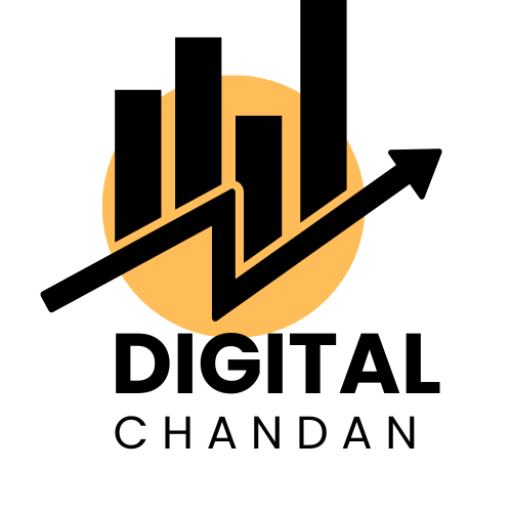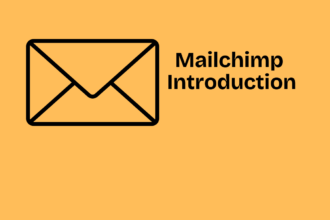What Is a Cached Page?
Snapshot which Google takes when it visits a Webpage is a Cached page. When making a cached page, Google records how the page appears at a specific date and time. Any records or updates won’t be recorded by Google until it takes another snapshot.
On servers, Cached pages are stored, to view the users. Of a Single Webpage, there can be several cached.
Said visits Google on September 15th at 5:55 pm “www.youdomain.com/example. Snapshot will take the content on the page it fully loads once, and the cached page creates after the file.
In the index, the page gets stored until Google visits the page again, and another snapshot it was taken.
Why Does Google Cache Pages?
Google makes cached pages so fast to reliably and quickly present the users with a website page that answers the in the same way no how many it receives visits or who visits it. Although most of the users will webpage live, cached pages others will see them.
There are so many processes that take place to load the page when you visit a web page. Don’t load pages sometimes, respond don’t, or as you interact with them change. Google sometimes presents a cached version of the webpage to avoid this.
Cached is easier to present and retrieve to the user since cached pages are “pre-loaded”.
How to View a Cached Page
The majority of the viewers will notice the live, up-to-date page version. Since cached pages are “snapshots” of the page, changes you make to your page users sometimes don’t see it.
What your page looks like to view or when are they cached last, try these 3 simple steps:
- In Google Search Find the Webpage
- Next to the URL select the 3 dots to open the About this result panel.
image
- At the bottom of the panel select the Cached
The cached version of the page will be loaded by Google. At the top of the page, you will see the cached page’s timestamp.
image
By “cache” you will also see cached in front of your web page’s URL instead of Google.
image
Why Are Cached Pages Useful?
More than just Google Caching pages helps; the health of our web pages can also be shown by web pages.
- How Your Pages Are Indexed
How your page appeared when Google indexed your cached page.
The page is marked “nodes” or disallowed in the robot.txt file is the reason your page isn’t cached. You may need to check that it can be indexed if your page isn’t cached. Your page won’t be cached or earn rank if this is the case.
- Page Speed
Your page speed is too slow probably if your cached page is showing in search results. Google will show the cached page when pages are slow to respond or unresponsive completely.
Health Core Web Vitals metrics are supported by Optimizing your web page’s load speed, which can improve your ranking overall.
- When Google Last Crawled Your Page
You can track timestamps on your cached page if you are curious about when and how often Google visits your Website. Once it visits a page successfully it makes a cached page, when Google last saw it so the timestamp on your cached page.
If you do not have access to server logs Cached pages are helpful or Google Search Console but wanted to know if changes have been by Google on your Website or Google crawling which web pages.
How to Stop Your Pages From Being Cached
You can do so with a simple text string if you don’t want Google to change any page on your Website.
On the section add this to your page’s HTML:
Not to cache the specific page this code tells Google not to cache. To each page you do not want to be cached you will need to add this code.
This code won’t affect how Google indexes and crawls your Website keep it in mind. You will need to alter your website’s robots.txt file to do this.
Best Practices for Cached Pages
Google updates periodically your cached pages as it visits your website. There may be some waiting time before those changes appear on the cached page when you edit or make changes to your webpage.
This is why it is important to address any issue in your website as soon as you stop them,
so your cache pages are up-to-date. With the running site, an audit helps you to target and find website issues that affect cached pages, like slow page load speed times.
Use the Site tool to generate a comprehensive report on your website’s technical SEO instead of troubleshooting each cached page.
Very Simple is getting started with the Site Audit tool:
- If you do not have an account existing account you can create one for free or if you have logged in to your Semrush Account.
- Select Projects under Management to view your project(s) from the toolbar.
- Theb select Site Audit from the project dashboard and select the project which is preferred.
- Configure your audit setting the tool will prompt you to. Audit’s crawl scope, Disallow URLs, and Add additional Website login details you will able to see.
image
- Select Start Site Audit
You will use the Overview report for a general review of your site’s technical performance once your audit is complete. Select the Site performance thematic report for the website speed metric. Crawability thematic report you will also review to see if your page can be indexed.
image
image
Key Takeaways
With the help of Google cached pages can be helped to [provide a reliable, consistent user experience. Google will show users a checked page when pages load slowly or not all.
Troubleshoot for any website issues affecting your content, page load speed, or overall site performance to ensure your page is cached correctly.



